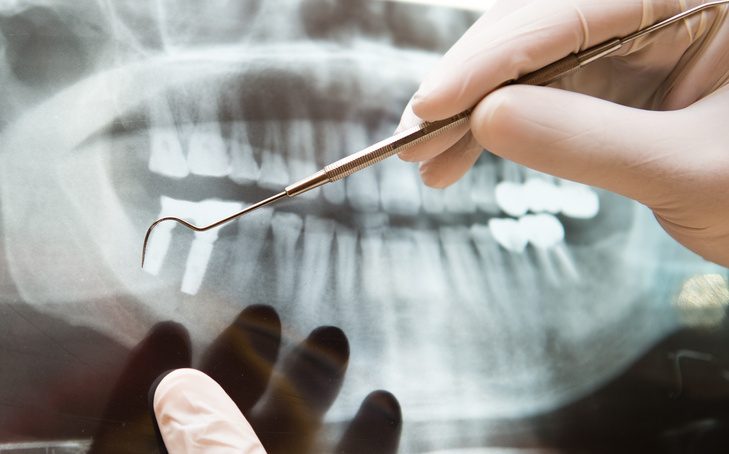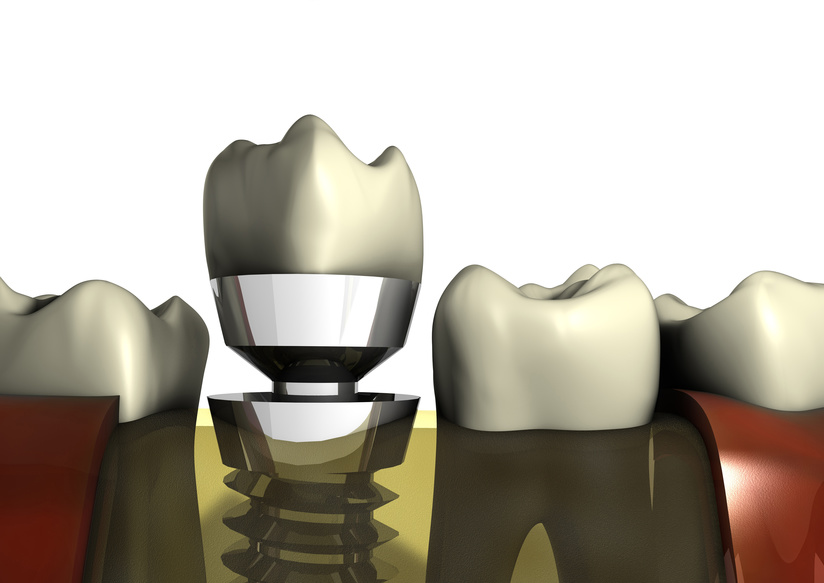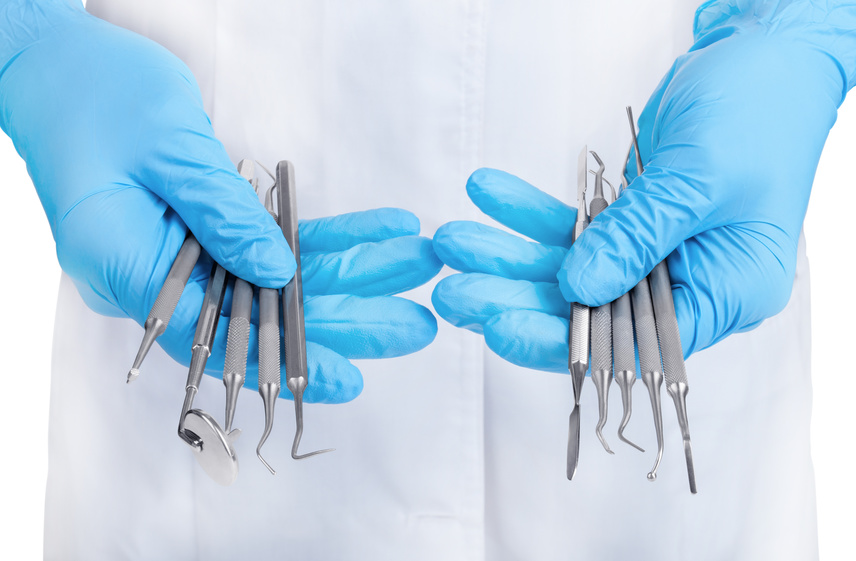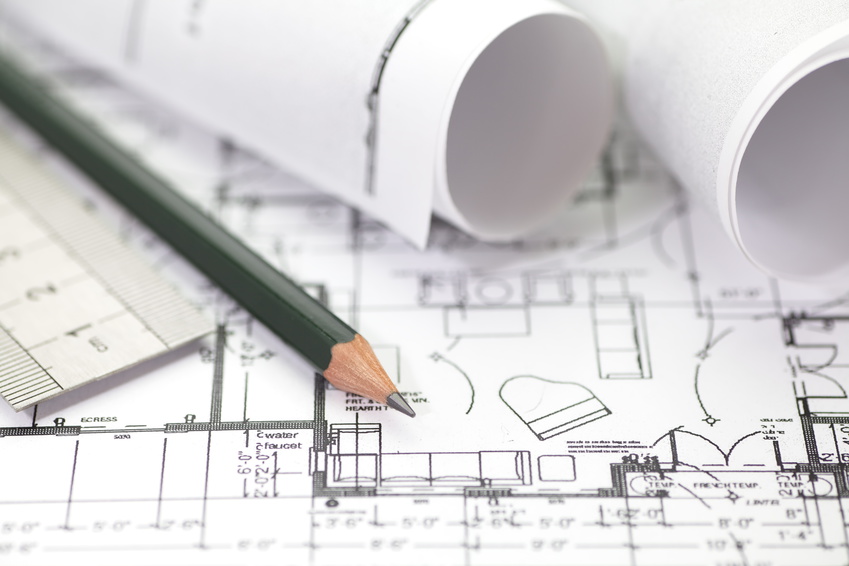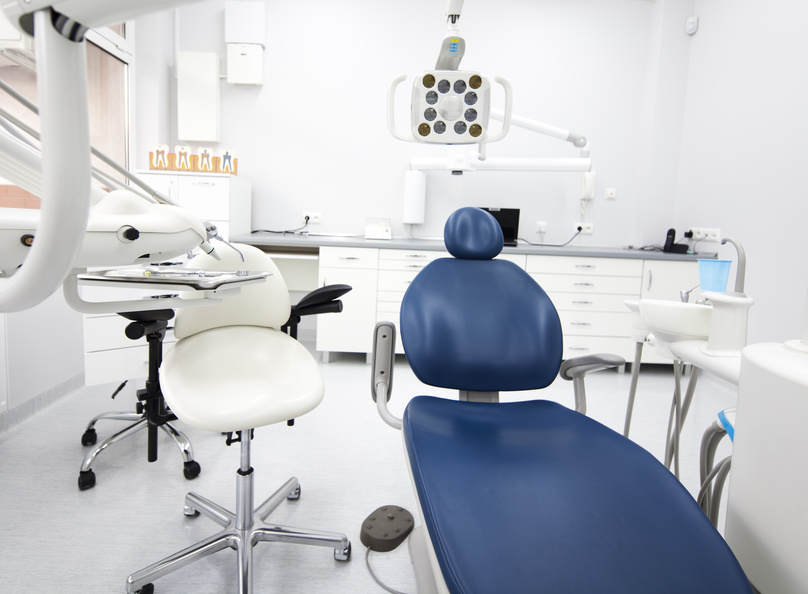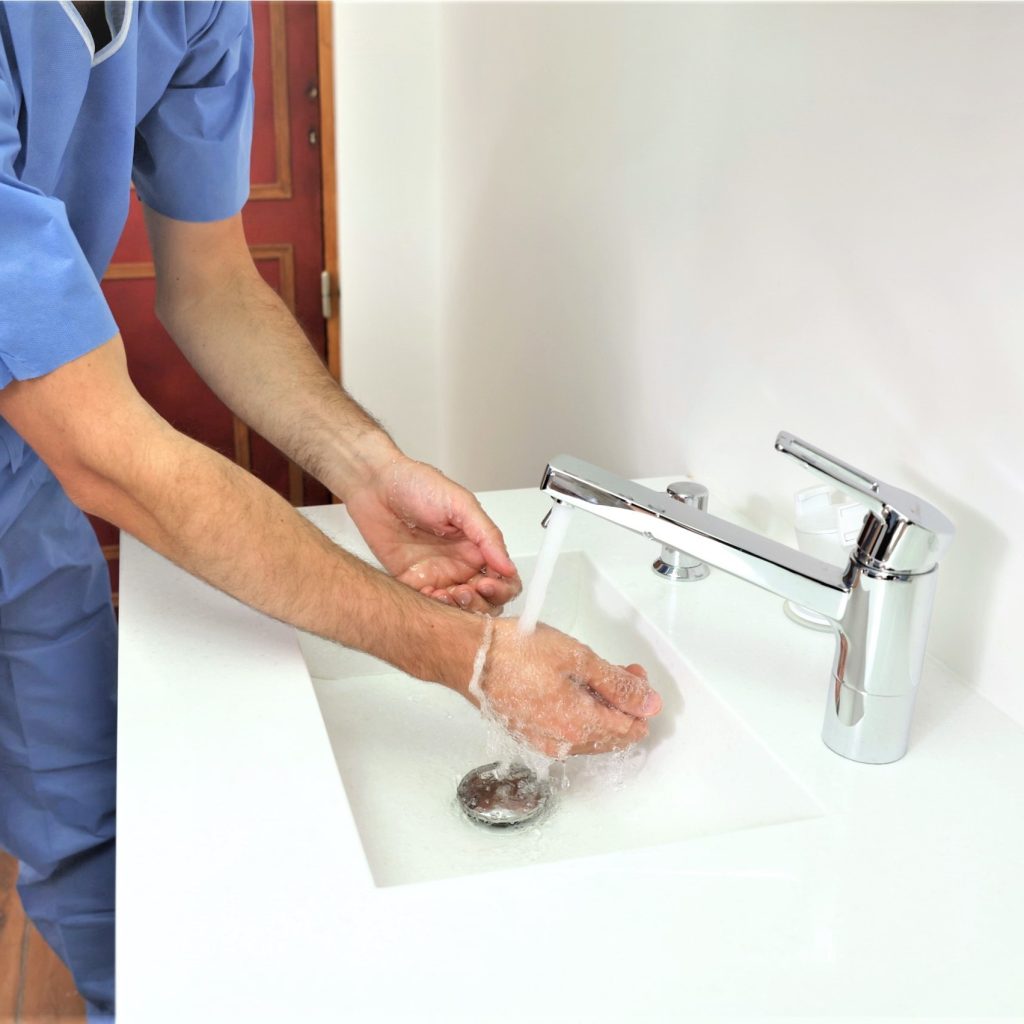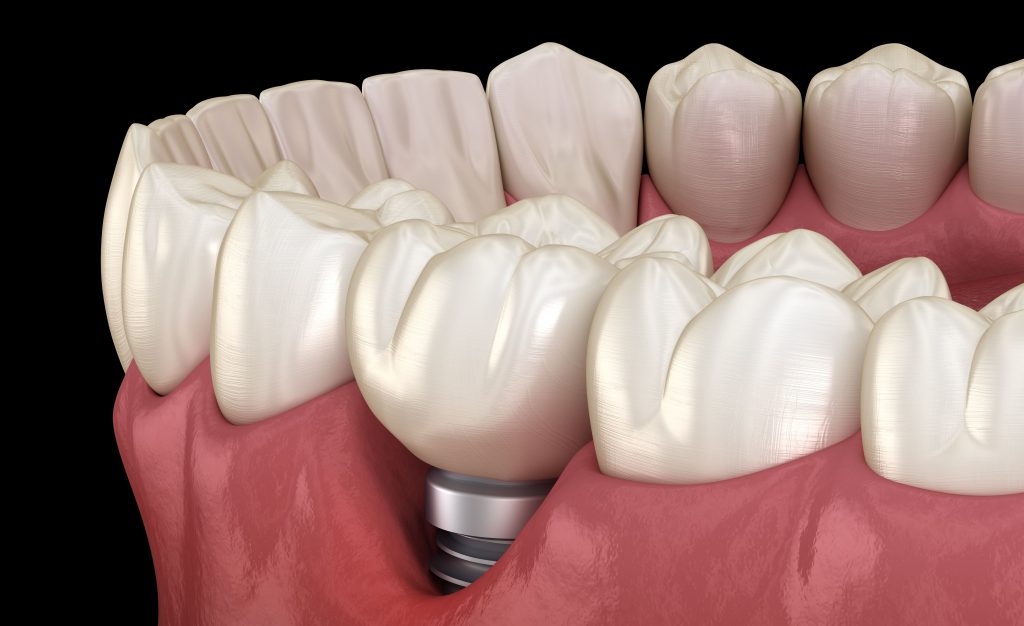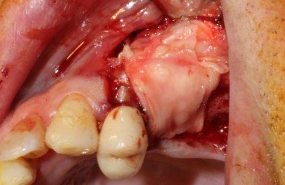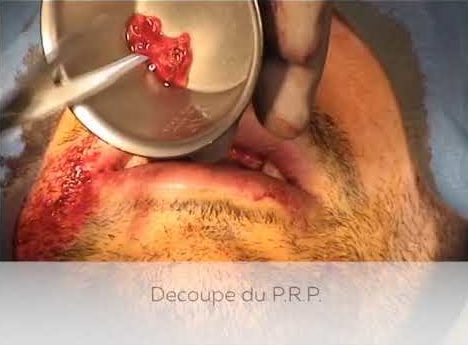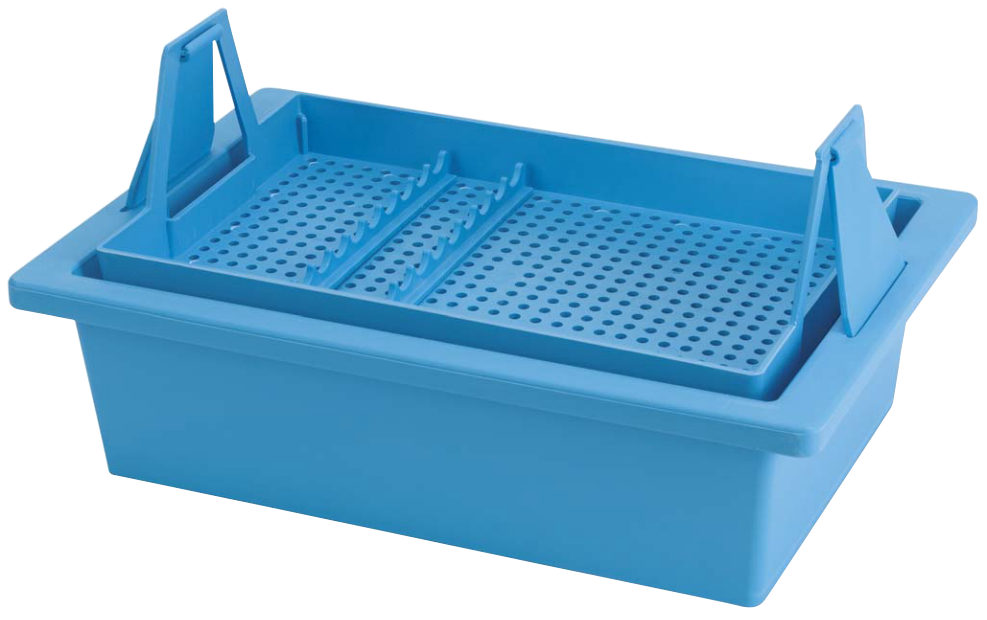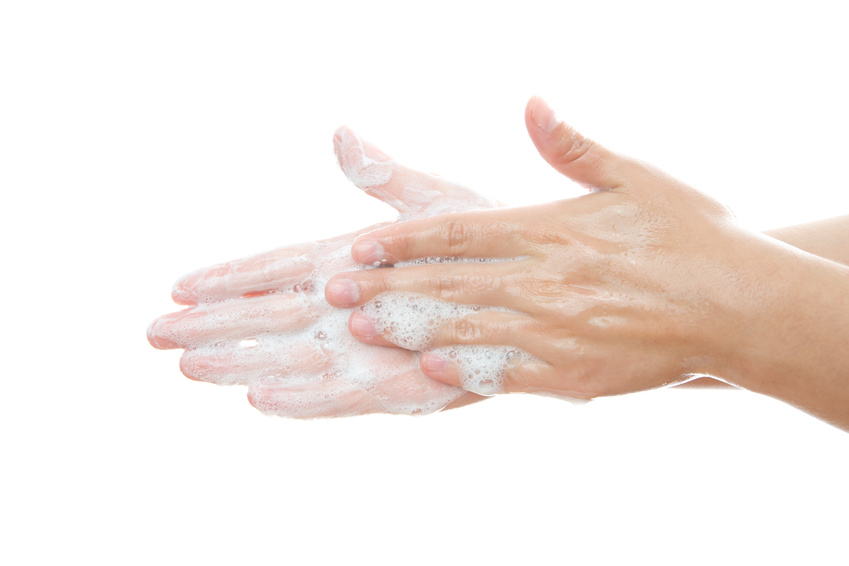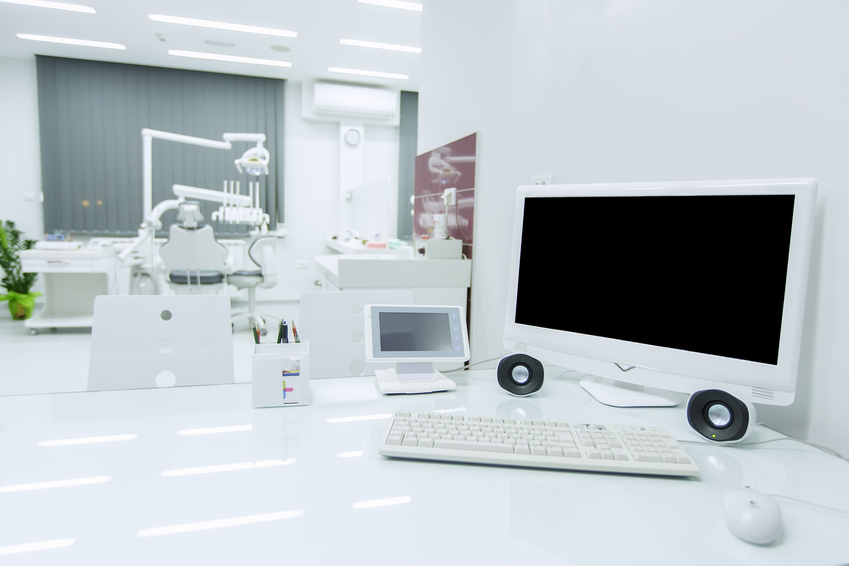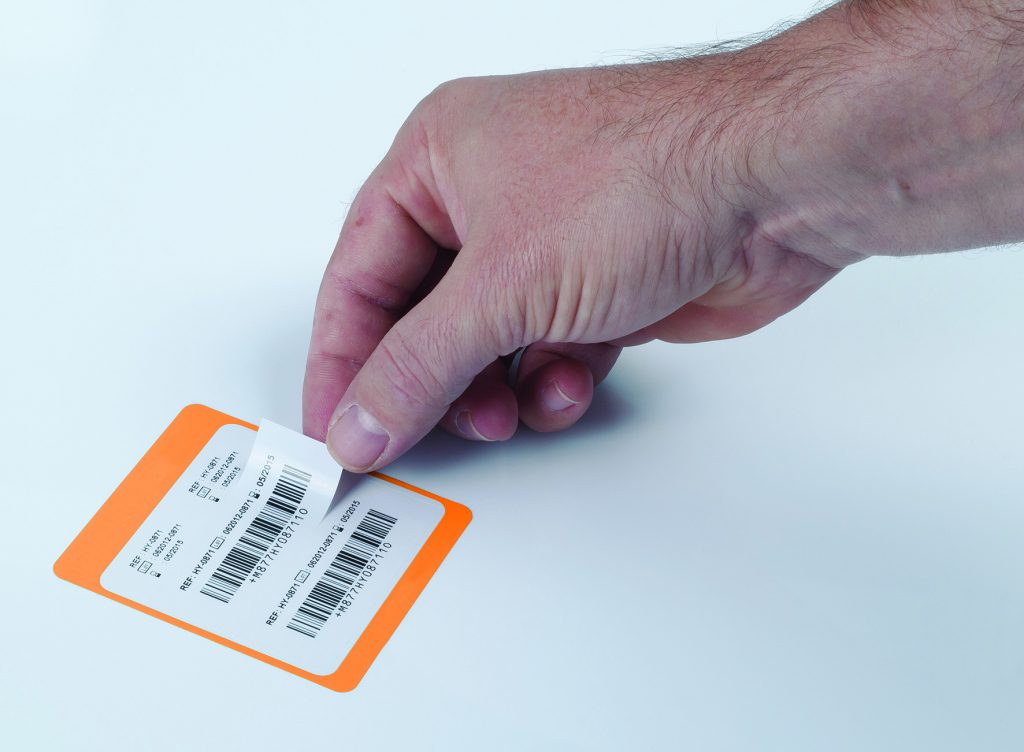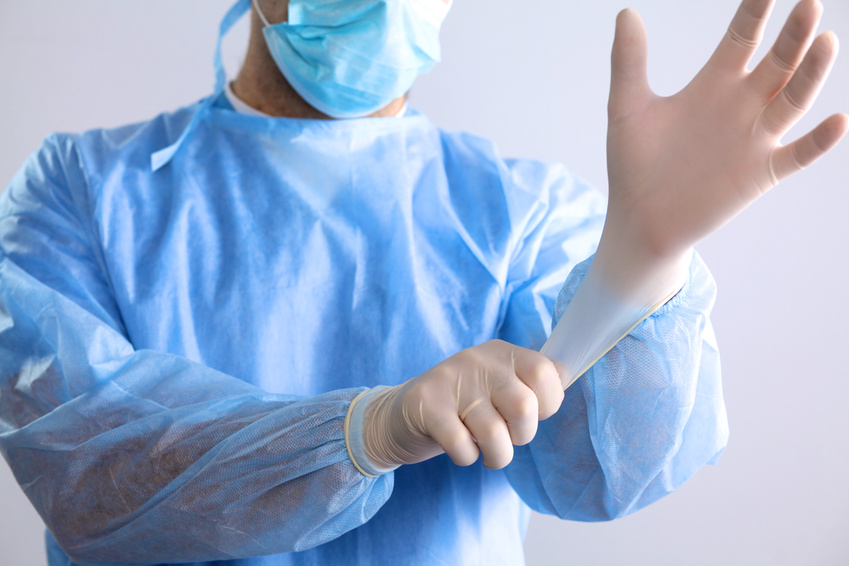
Thesis title: On tooth movements and associated tissue alterations related to edentulous areas and bone defects
- Author: Lindskog Stokland, Birgitta
- Date: 12-Sep-2011
- University: University of Gothenburg. Sahlgrenska Academy
- Source: Thesis of Birgitta LINDSKOG STOKLAND
- Thematic: Dental Care
- Summary: The aim of the thesis was to study orthodontic tooth movement in relation to edentulous areas and infrabony pockets as well as the physiological movement of teeth facing an edentulous area. A dog model was used in Studies I and II. Teeth were orthodontically moved into and out from inflamed, infrabony periodontal pockets (Study I) and into areas of reduced bone height (Study II). Clinical, radiographic and histometric analyses were made with respect to changes in tooth-supporting tissues. Study III involved clinical, radiographic and 3D model assessments of changes in periodontal conditions and alveolar ridge dimensions in adult patients subjected to tooth movement into areas with reduced ridge dimensions. In Study IV, panoramic radiographs of 292 subjects, taken at an interval of 12 years, were analyzed with regard to changes in the elongation of unopposed molars and tipping of molars facing a mesial edentulous space. In the animal study orthodontic bodily movement of teeth with inflamed, infrabony pockets caused an enhanced rate of progression of the periodontal lesion (Study I), particularly when the tooth movement was directed towards the infrabony defect. Teeth with healthy periodontium that were orthodontically moved into areas of markedly reduced bone height maintained their periodontal tissue support (Study II). Corresponding orthodontic tooth movement in humans (Study III) resulted in minor dimensional alterations of the periodontal tissues and an increased bucco-lingual width of the alveolar ridge in the area into which the tooth had been moved, whereas a decreased width of the newly established edentulous area was noted. All teeth that were moved showed lateral root resorption at the level of the bone crest on the pressure side, but signs of repair were noticed 1-year post-treatment. In the 12-year radiographic study (Study IV) unopposed molars showed a significant increase in elongation over the 12 years of follow-up. The degree of elongation increased with decreased bone support. Neither edentulous space nor alveolar bone level were found to have a significant effect on tipping. In the presence of both conditions, unopposed molars and molars facing a mesial edentulous space, an increase in elongation was associated with tipping

